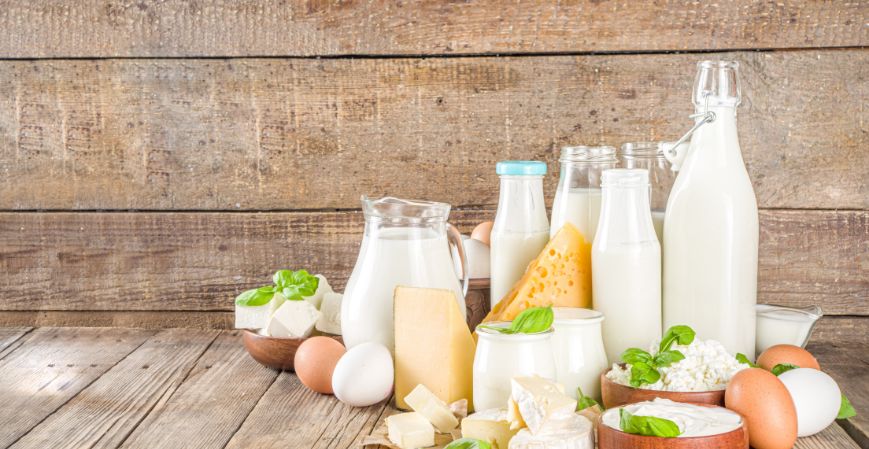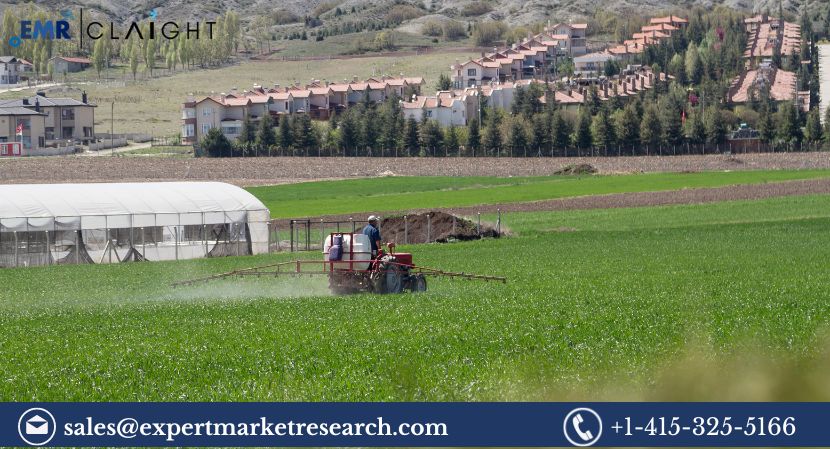Beyond the Cow: Innovation and Evolution in the Modern Dairy Industry

Dairy, a staple in human diets for millennia, represents a complex and multifaceted industry that spans continents and cultures. From the humble cow to the sophisticated processing plants, the journey of milk and its derivatives is a testament to both agricultural tradition and technological innovation. This essay will explore the diverse landscape of the dairy industry, examining its production, consumption, economic impact, and evolving challenges, with a specific focus on the burgeoning Asia Pacific market.
At its core, the dairy industry relies on the production of milk, primarily from cows, but also from goats, sheep, and buffalo. The process begins on farms, where animal welfare and hygiene are paramount. Modern dairy farms often employ advanced technologies, including automated milking systems, computerized feeding programs, and sophisticated health monitoring tools, to maximize efficiency and ensure quality. The global scale of dairy production is vast, with major producers including the European Union, the United States, India, and New Zealand. According to the Food and Agriculture Organization of the United Nations (FAO), global milk production continues to increase, driven by rising demand in developing economies. .
Within this global context, the Asia Pacific dairy market stands out for its rapid growth and significant potential. In 2024, the Asia Pacific dairy market size reached a substantial value of approximately USD 343.87 billion. Driven by rising incomes and evolving consumer preferences, this market is projected to expand at a compound annual growth rate (CAGR) of 2.60% between 2025 and 2034, reaching an estimated value of USD 444.50 billion by 2034. This growth reflects the increasing demand for dairy products in the region, driven by factors such as urbanization and rising health consciousness.
The processing of raw milk into consumable products is a critical stage in the dairy industry. Pasteurization, a process that eliminates harmful bacteria, is a universal standard. From there, milk can be transformed into a vast array of products, including fluid milk, yogurt, cheese, butter, ice cream, and powdered milk. Each product requires specialized processing techniques and quality control measures. For example, cheese production involves the coagulation of milk proteins, followed by aging and curing, while yogurt production relies on fermentation with specific bacterial cultures. The diversification of dairy products reflects both cultural preferences and evolving consumer demands. Market research from firms like Euromonitor International highlights the growing demand for functional dairy products, such as probiotic yogurts and fortified milk, driven by increasing health consciousness.
The economic impact of the dairy industry is substantial. It provides livelihoods for millions of farmers, processors, distributors, and retailers worldwide. In many rural communities, dairy farming is the backbone of the local economy. The industry also contributes significantly to national GDPs, particularly in countries with strong dairy sectors. However, the industry is not without its challenges. Price volatility, influenced by factors such as weather patterns, feed costs, and global demand, can create economic hardship for farmers. Additionally, increasing competition from plant-based dairy alternatives poses a significant challenge to traditional dairy producers.
Environmental sustainability is another pressing issue facing the dairy industry. Dairy farming can contribute to greenhouse gas emissions, water pollution, and land degradation. Efforts to mitigate these impacts include implementing sustainable farming practices, such as improved manure management and reduced feed waste, and investing in renewable energy sources. Furthermore, the industry is exploring innovative technologies, such as precision livestock farming and alternative feed sources, to minimize its environmental footprint. Scientific research from organizations like the World Resources Institute explores the environmental impact of dairy production, and potential mitigation strategies.
Looking ahead, the dairy industry, particularly in the dynamic Asia Pacific region, must adapt to evolving consumer preferences and address pressing environmental concerns. Innovation will be key, with a focus on developing sustainable production practices, exploring new product categories, and embracing technological advancements. The continued growth of the global population, particularly in developing economies, will drive demand for affordable and nutritious dairy products. The industry's ability to navigate these challenges will ultimately determine its long-term sustainability and success.
Note: IndiBlogHub features both user-submitted and editorial content. We do not verify third-party contributions. Read our Disclaimer and Privacy Policyfor details.







